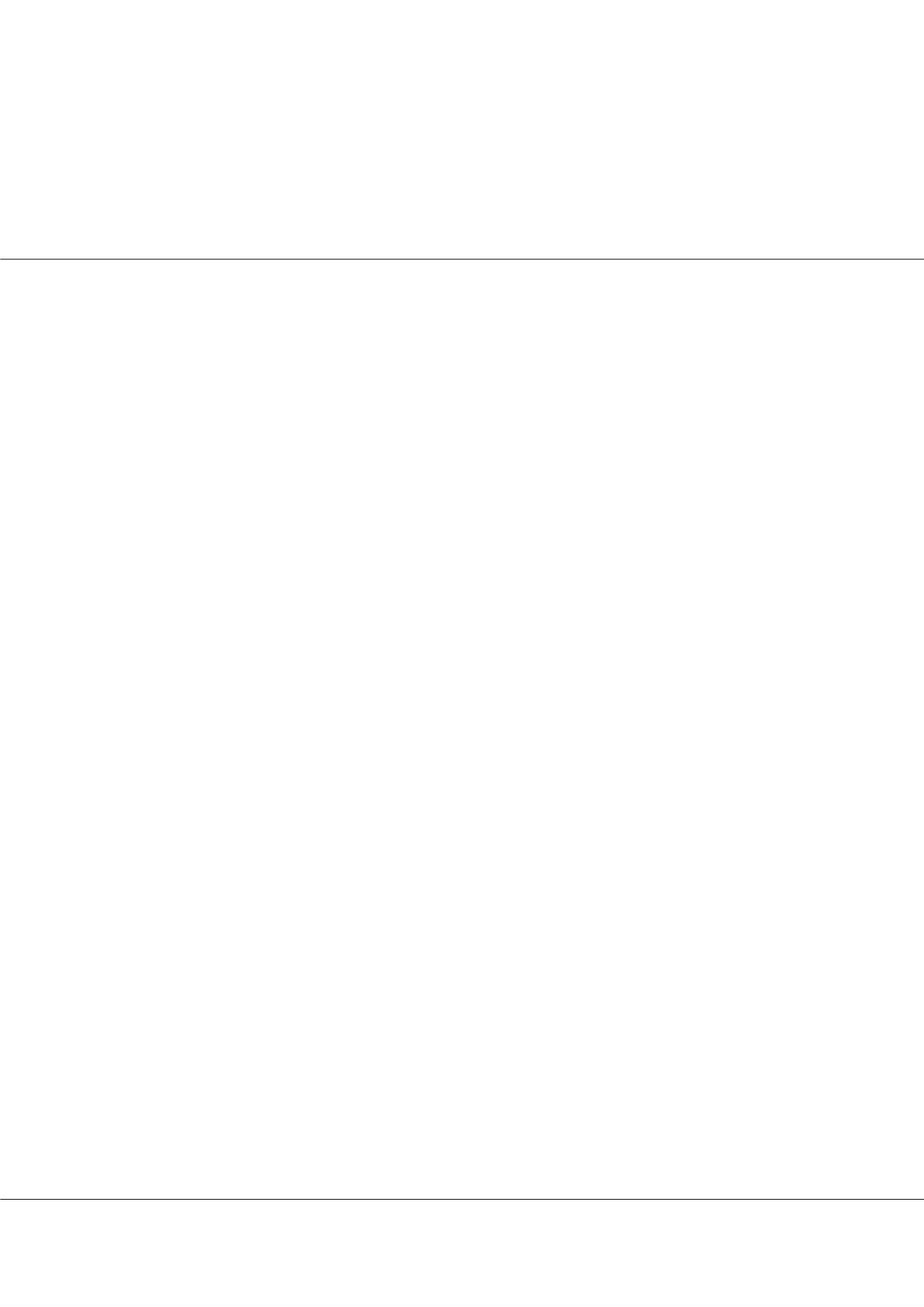

Volume 4
Journal of Pediatric Care
ISSN: 2471-805X
Page 73
JOINT EVENT
August 06-07, 2018 Madrid, Spain
&
2
nd
Edition of International Conference on
Adolescent Health & Medicine
18
th
International Conference on
Pediatrics Health
Pediatrics Health 2018
&
Adolescent Health 2018
August 06-07, 2018
Current physiotherapy approaches for adolescents with idiopathic scoliosis
Gozde Yagci
Hacettepe University, Turkey
C
urrent Physiotherapy Approaches for Adolescents with Idiopathic Scoliosis: Idiopathic scoliosis is a three-dimensional
spinal deformity with an unknown etiology, characterized by the lateral deviation in frontal plane, axial rotation in
horizontal plane and abnormal sagittal curvature of the spine. Adolescent idiopathic scoliosis (AIS) is present in 2%–4% of
children and occurs in 10-year-old children to maturity. Adolescents with idiopathic scoliosis have several problems including
altered posture, gait deviations, muscular imbalance, sensory disturbances, balance and postural stability defects, functional
limitations, back pain, and negative physico-social and body image effects along with curve progression. To cope with these
complications, conservative treatment of AIS involves various bracing and corrective exercise methods. The conservative
treatment of AIS has been reported to be aimed at improving curve magnitude, cosmetic appearance, trunk symetry and
health-related quality of life. Long-term bracing success rate is 80% for radiographic correction, but bracing cannot address
the entire spectrum of musculoskeletal problems. There are several scoliosis-specific exercise methods including Schroth, Lyon
method, Dobomed approach, scientific exercise approach to scoliosis (SEAS), and general exercise programs such as yoga and
pilates. This abstract has the aim of present current physiotherapy and rehabilitation approaches including different bracing
and exercise methods for the rehabilitation of AIS.
gozdeygc8@gmail.comJ Pediatr Care 2018, Volume 4
DOI: 10.21767/2471-805X-C3-012
















